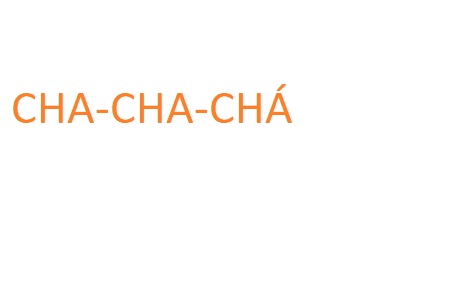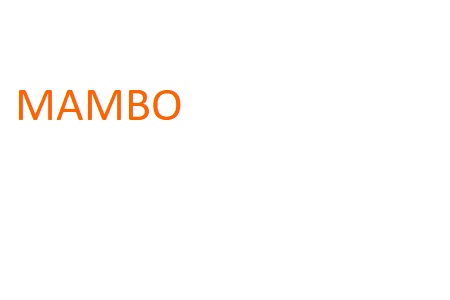Danzón
What it used to be
Danzón arises at the end of the 19th century. Its musical creation is attributed to Miguel Faílde (1852-1921) from Matanzas province. The first danzón was called “Las Alturas de Simpson” (Simpson’s Heights) and was released on January 1st, 1879 at Matanzas city lyceum.
Danzón is a danceable musical genre whose name comes from the augmentative of the word dance. As a danceable manifestation it comes from a dance code that was performed in Matanzas at the end of the 19th century, and which according to some descriptions, was a dance of collective figures that formed pairs carrying bows and bouquets of flowers. It was first performed with the Typical Orchestra and then with the French Charanga.
At the beginning of the 19th century, the outstanding Cuban musician and composer José Urfé created his famous danzón “El bombín de Barreto” (Barreto’s bowler hat). It defined the current form of this Cuban genre by using new rhythmic elements from the Eastern Son according to important Cuban musicologists.
The bodily and spatial movements of this new genre were slower, more dynamic and creative than previous dances, denoting the process of stylistic transformation the Cuban ballroom dance underwent from the country-dance to the danzón.
It converges into a whole series of musical and dance configurations alluding to distinctive features of our national culture..
“El bombín
de Barreto”
From the choreographic point of view, the danzón has as its unique and novel characteristic from its time, to alternate dance parts called sieves, with resting parts, matching with the rondo musical form. It is danced in a closed social dance position. It is improvised and it is the man who guides the actions. It has a single basic step that is performed in 4 musical steps, three foot movements and one waiting. Hip movements are gently accentuated in the part of the “montuno” (the counterpoint in Cuban music). Among the fundamental figures of this genre are: entrance step, walk, man’s mark, drawer and screw turn.
Currently, danzón is considered the national dance of Cuba, due to it remains effective among certain groups of people since the date it was created, with more or less variations.
"First we had the dance,
then came the danzón..."READ MORE ABOUT DANCES
_____________________________________________________
INFORMATION
EMAIL: info@dancingcuba.com





